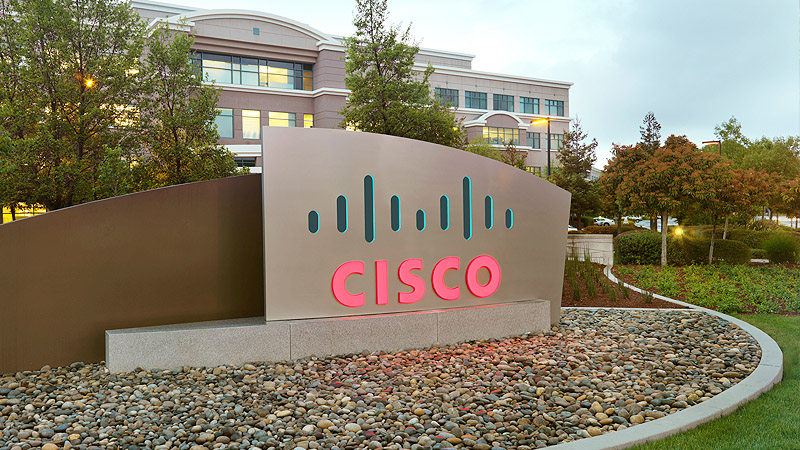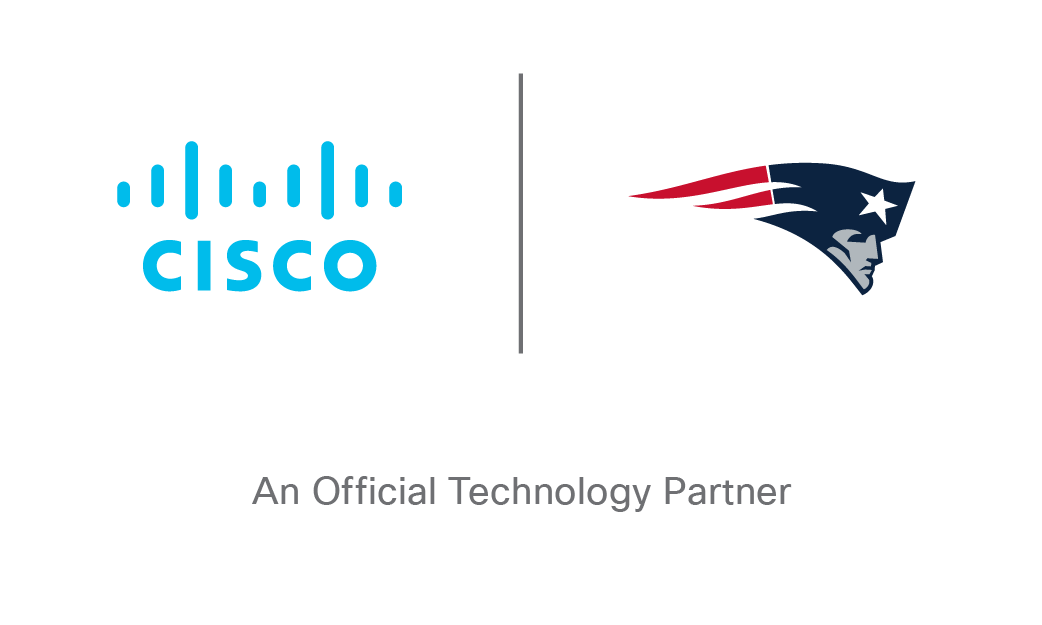SAN JOSE, Calif.– Nov. 29, 2011 – In the inaugural Cisco® Global Cloud Index (2010 – 2015) issued today, Cisco estimates global cloud computing traffic will grow 12-fold from 130 exabytes to reach a total of 1.6 zettabytes annually by 2015, a 66 percent compound annual growth rate (CAGR. One zettabyte is equal to a sextillion bytes or a trillion gigabytes―1.6 zettabytes is approximately equivalent to:
- 22 trillion hours of streaming music.
- 5 trillion hours of business Web conferencing with a webcam.
- 1.6 trillion hours of online high-definition (HD) video streaming.
Cloudis the fastest growing component of data center traffic, which itself will grow 4-fold at a 33 percent CAGR to reach 4.8 zettabytes annually by 2015. Cloud is also estimated today to be 11 percent of data center traffic, growing to more than 33 percent of the total by 2015. Cloud is becoming a critical element for the future of information technology (IT) and delivery of video and content.
The vast majority of the data center traffic is not caused by end users but by the data centers and clouds themselves undertaking activities that are largely non-transparent to end users – like backup and replication. By 2015, 76 percent of data center traffic will remain within the data center itself as workloads migrate between various virtual machines and background tasks take place, 17 percent of the total traffic leaves the data center to be delivered to the end user, while an additional 7 percent of total traffic is generated between data centers through activities such as cloud-bursting, data replication and updates.
Overview
- The Cisco Global Cloud Index (2010 – 2015) was developed to estimate global data center and cloud-based Internet Protocol traffic growth and trends. As the network and data center are becoming intrinsically linked in the delivery of cloud services, this study complements existing network traffic studies to provide new insights and visibility into the emerging trends affecting data center and cloud architectures.
- The Cisco Global Cloud Index is generated from a modeling and analysis of various primary and secondary sources, including more than 30 terabytes of data generated each month over the past year from a variety of data centers around the globe, measurements of more than 45 million broadband-speed tests and third-party market forecasts.
- The Cisco Global Cloud Index also includes a "workload transition" forecast on the workload shift from traditional data centers to the cloud as well as a "Cloud Readiness" analysis of major geographic regions regarding their networks' abilities to support various types of business and consumer cloud-computing services.
- The Cisco Global Cloud Index Forecast and Methodology, 2010 – 2015 white paper provides the detailed findings of the study and a description of the methodology.
- The Cisco Global Cloud Index (2010 – 2015) Infographic provides a downloadable image available for use in blogs and social media.
Additional Cisco Global Cloud Index Details and Highlights
Cloud will account for one-third of total data center traffic
- Globally, cloud traffic will grow from just 11 percent (11 exabytes per month and 130 exabytes annually) of total data center traffic in 2010 to more than a third of total data center traffic (34 percent specifically--137 exabytes per month and 1.6 zettabytes annually) by 2015.
- Greater virtualization and improved economies of scale will be a key driver of the cloud transition.
Global cloudtraffic growing twice as fast as global data center traffic
- The transition to cloud services is driving global cloud traffic at a growth rate that is twice as great as global data center traffic. Global data center traffic will grow fourfold (a 33 percent CAGR) from 2010 to 2015, while global cloud traffic will grow 12-fold (a 66 percent CAGR) over the same period.
- Cloud data centers offer better performance, higher utilization and greater ease of management than traditional data centers. Virtualization serves as a major catalyst in enabling hardware and software consolidation, greater automation and an integrated security approach.
Global data center traffic growth: a four-fold increase by 2015
- Data center traffic is forecast to more than quadruple from 1.1 zettabytes in 2010 to 4.8 zettabytes annually in 2015, representing a 33 percent CAGR.
Data center traffic sources: Most stays within the data center itself
- Of the data center traffic in 2015, 76 percent stays within the data center itself, through such activities as storage and authentication across virtual machines.
- 17 percent is data-center traffic being delivered to end users.
- 7 percent is generated between data centers through activities such as backup and replication.
Peak end-user activity more than 2.5 times average in 2015
- Due predominately to the rise in video-based consumer services, data-center-to-user traffic has some significant peaks in activity. Much like prime time viewing hours, average amount of data center traffic per hour during peak periods is expected to rise up to 2.5 times, requiring the need to plan for additional capacity from data centers and the cloud as well as from the network. The on-demand model of cloud is perfectly suited to serve this type of variable demand.
Workload transition
- In 2010, 21 percent of workloads were processed in a cloud-based data center with 79 percent being handled in a traditional data center.
- 2014 is the first year where the balance of workloads shifts toward the cloud for the first time – 51 percent of total workloads will be in a cloud environment versus 49 percent in the traditional IT space.
- Overall, the data center workload from 2010 – 2015 is growing 2.7-fold; however, the cloud workload from 2010 – 2015 is growing more than 7-fold over the forecast period.
Global cloud readiness
- To assess overall readiness, various attributes were analyzed: broadband ubiquity, average upload and download speeds, and average latency were assessed across each geographic region.
- All regions included in the study – Asia Pacific, Middle East and Africa, Western Europe, Central and Eastern Europe, Latin America and North America – are currently ready for basic cloud-computing applications, such as social networking and Web conferencing.
- For intermediate cloud-computing applications such as video chat and high-definition video streaming, Asia Pacific, Western Europe, Central and Eastern Europe, and North America were considered to have average network capabilities strong enough to support these services.
- No region was assessed to be able to support advanced cloud applications such as high-definition video conferencing and advanced gaming, in aggregate; however, certain countries within each region -- such as South Korea and Japan -- are currently able to do so.
Supporting Quote
- Suraj Shetty, vice president of product and solutions marketing, Cisco
"Cloud and data center traffic is exploding, driven by user demand to access volumes of content on the devices of their choice. The result: greater data center virtualization and relevance of the network for cloud applications and the need to make sense of a dynamically evolving situation. The Cisco Global Cloud Index provides insight into this traffic growth and trends so that organizations can make strategic long-term decisions. We will continue to develop and release the Cisco Global Cloud Index on a regular and ongoing annual basis, contributing to ‘cloud readiness' efforts worldwide."
Embedded Infographic and YouTube Animation
Supporting Resources
- Cisco Global Cloud Index Web site
- Blog: Cisco Global Cloud Index: Highlights for Cloud Service Providers
- Cisco Global Cloud Index Forecast and Methodology, 2010 – 2015 white paper
- Cisco Global Cloud Index FAQs
- For more information about Cisco's service provider news and activities visit the SP360 Blog or follow us on Twitter @SP360 or SP360 SlideShare
- Subscribe to Cisco's SP360 feed.
Editor's Note
Cisco welcomes press, analysts, bloggers, service providers, regulators and other interested parties to use and reference our research with proper attribution, such as "Source: Cisco Global Cloud Index."
Tags/Keywords
Cisco, Global Cloud Index, Data Center Traffic, Cloud, Cloud Computing, Cloud Computing Traffic, Data Center, Virtualization, Service Provider, Enterprise, Consumer and Suraj Shetty
RSS Feed for Cisco: http://newsroom.cisco.com/dlls/rss.html
About Cisco
Cisco (NASDAQ: CSCO) is the worldwide leader in networking that transforms how people connect, communicate and collaborate. Information about Cisco can be found at http://www.cisco.com. For ongoing news, please go to http://newsroom.cisco.com.
# # #
Cisco and the Cisco logo are trademarks or registered trademarks of Cisco and/or its affiliates in the U.S. and other countries. A listing of Cisco's trademarks can be found at www.cisco.com/go/trademarks. Third-party trademarks mentioned are the property of their respective owners. The use of the word partner does not imply a partnership relationship between Cisco and any other company.




